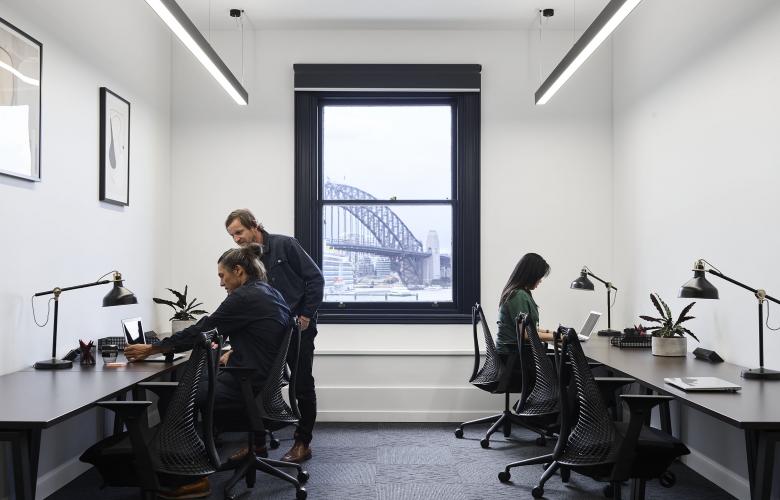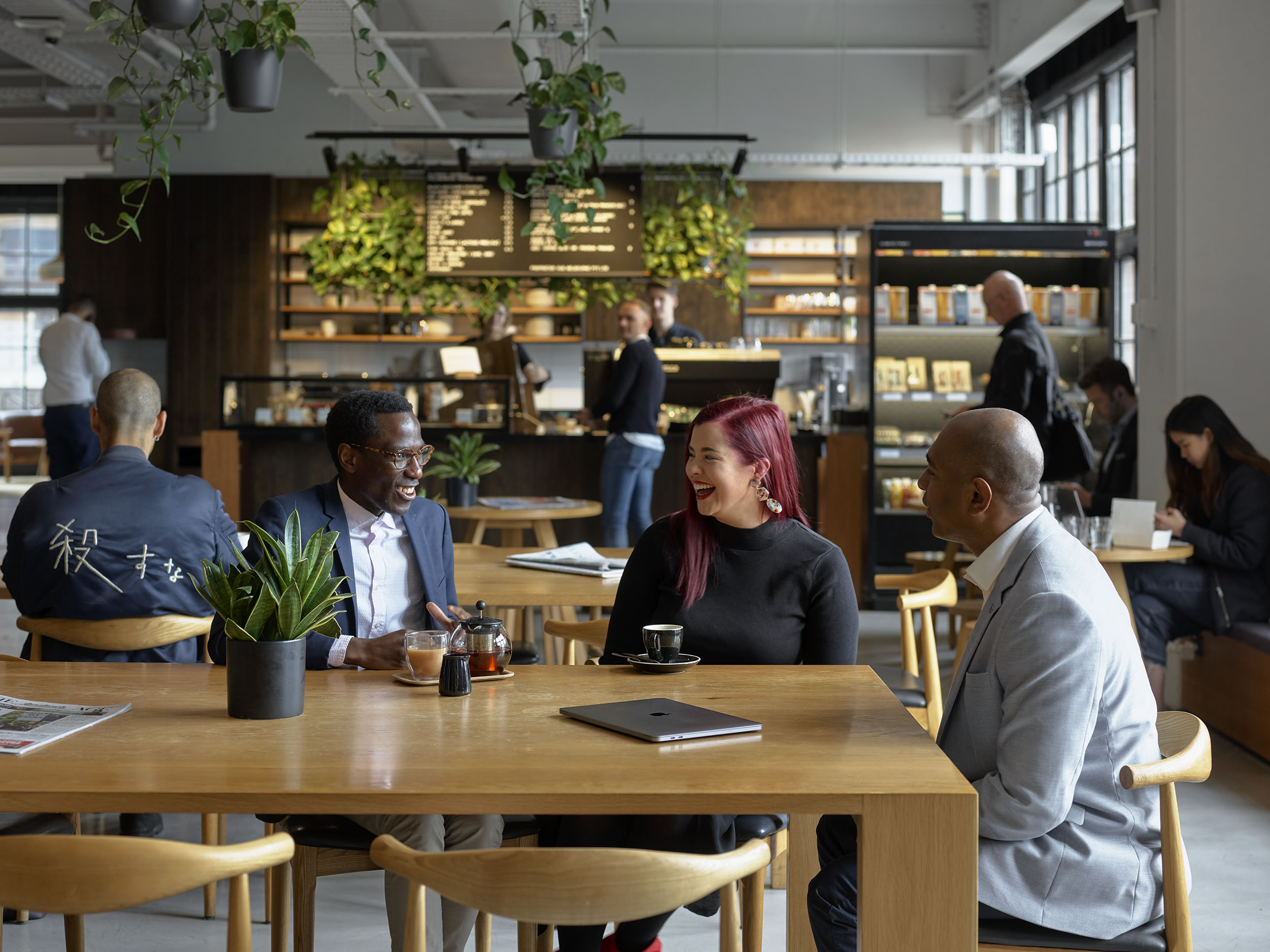How the Australian Coworking Industry Has Changed in 10 years
Contact
How the Australian Coworking Industry Has Changed in 10 years
This month marks 10 years since Hub Australia officially opened its first location, a 200 square metre space on Melbourne’s Bourke Street, with four staff and 70 members. Ten years on, we’ve grown to five cities across Australia, a team of 80 full-time staff, and thousands of members.
This month marks 10 years since Hub Australia officially opened its first location, a 200 square metre space on Melbourne’s Bourke Street, with four staff and 70 members. Ten years on, we’ve grown to five cities across Australia, a team of 80 full-time staff, and thousands of members.
Post-COVID changes to the workplace, combined with our focus on customer service and quality spaces means that Hub expects its number of members and locations will double in the next twelve months.
As one of the first coworking spaces in Australia, we have seen the industry change significantly over the past decade, slowly in some aspects and rapidly in others, such as the changes that occurred as a result of COVID-19.
During this time, there have been a number of big trends and pivots within the coworking industry that have come to the forefront, changing the way businesses and employees utilise coworking and office spaces.
The rise of the hybrid working model "Hybrid working’ is the latest name given to the seemingly obvious notion of letting your team work from distributed locations in a way that is most productive for them and the company. When we started Hub, we were calling it ‘anywhere working’ and using the line ‘work how you want, when you want, and where you want’. Of course, this wasn’t really possible unless you were a freelancing digital nomad.
Following COVID-19 technology has caught up, and whatever your view on the importance of the office, we know that a lot of the work previously being done in the CBD office can be completed elsewhere.
But working from home doesn’t work all the time – 2020 resulted in high rates of burnout amongst Australians, showcasing the importance of office time alongside days spent at home.
As a result, many business professionals aim to continue to work from home 1-2 days a week, while working in the office for the remaining days to spend time with their teams.
This has impacted the type of office space needed by many businesses, with larger companies now exploring smaller, flexible workspaces as an alternative to traditional long-term leases in larger CBD corporate headquarters. Many companies are also exploring a ‘hub and spoke’ model where satellite offices are established in key activity centres to enable staff to Work Near Home (WNH) so they can escape the distractions of working from home but avoid the commute when they need to be at a CBD headquarters.
Whatever version of hybrid working works best for companies and their teams’, expect the question ‘What are my options to work flexibly?’ to be in every job interview and annual review this year. If your company does not have a good answer, the best talent will go somewhere that does.
ARTICLE BY: Brad Krauskopf Hub Australia Founder & CEO








